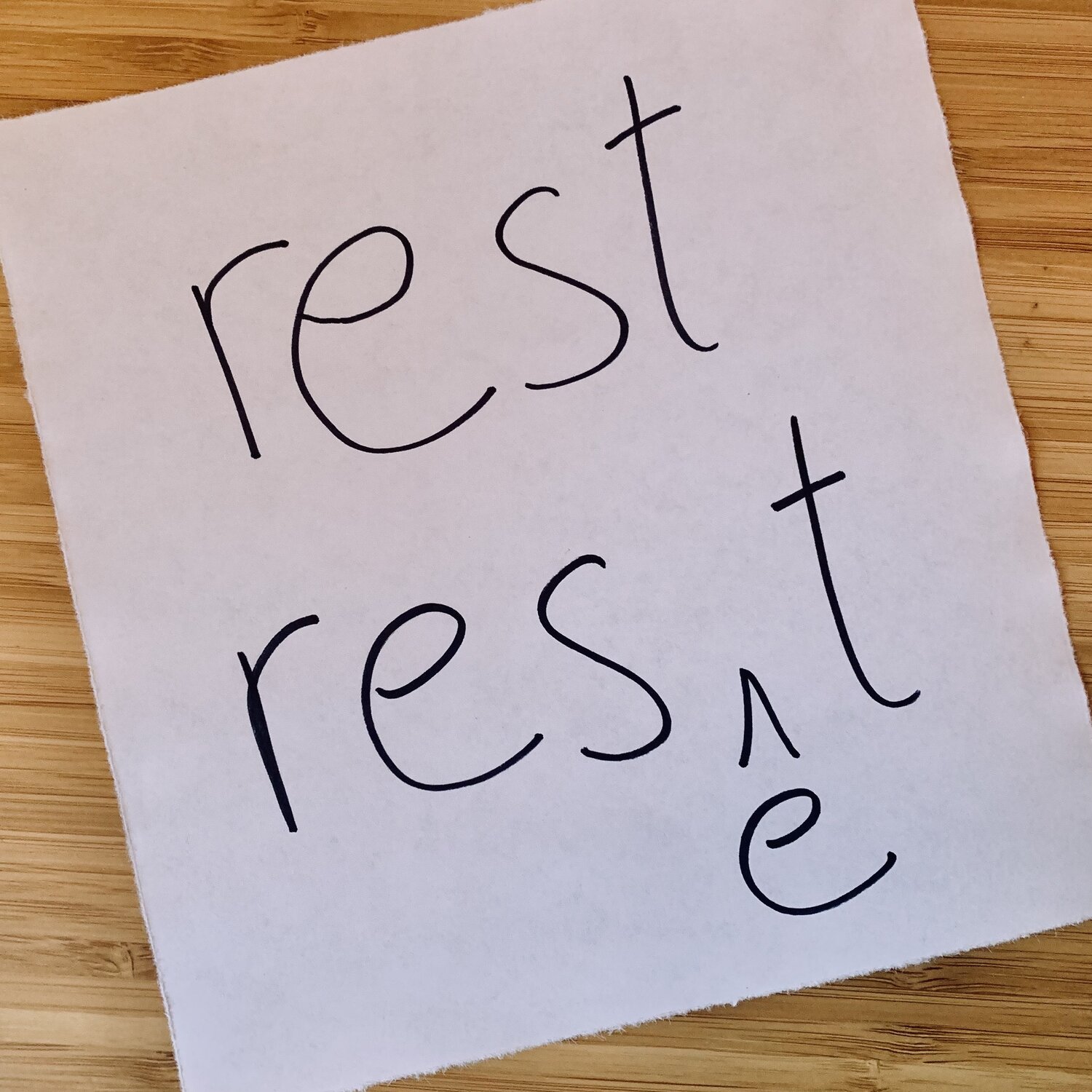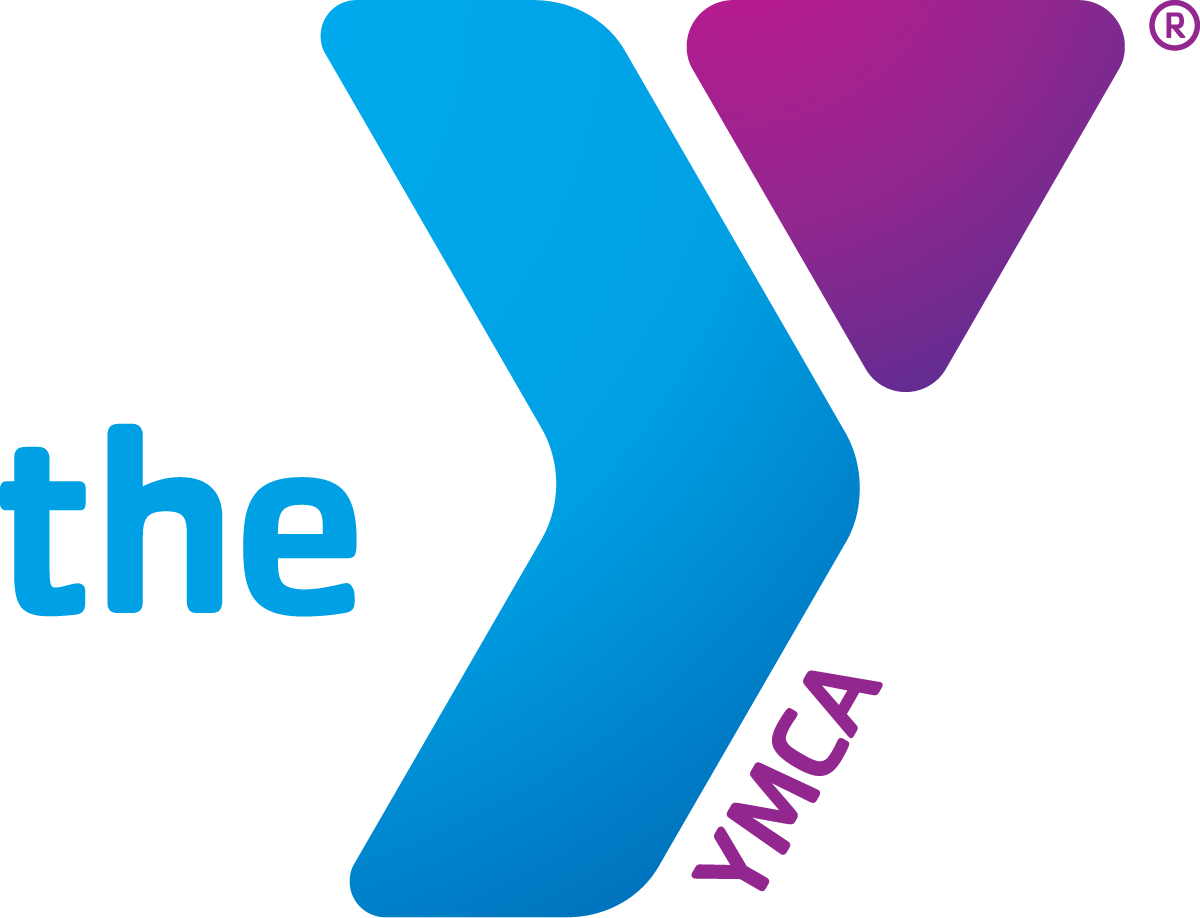Blog
06 Jan Rest and Reset: Strategies for anti-burnout by Kellie Brungard, GPC
Burnout. That’s another buzzword like quiet quitting or hustle culture, right? Actually, burnout has been around for a long while, recognized in the healthcare and social service industries. The World Health Organization (WHO) recognizes burnout as an occupational phenomenon (though it’s not recognized as a medical condition). WHO defines burnout as “a syndrome conceptualized as resulting from chronic workplace stress that has not been successfully managed. It’s characterized by feelings of energy depletion or exhaustion, increased mental distance from one’s job or feelings of negativism or cynicism related to one’s job; and reduced professional efficacy.” In 2020, three grant professionals (Bachman, Planton, and Rodgers) set out to identify the prevalence of burnout among the grant profession. Their findings were published in the Fall 2020 Journal of the Grant Professionals Association, showing a gap in available information as well as initial research indicating more than three in four grant professionals experience physical symptoms, socio-emotional symptoms, or both, of burnout.03 Jan Ready for Reset? So Is Your Grant Strategy by Tracey Diefenbach, GPC
Posted at 19:02h
in Competency Eight, Competency Seven, Competency Two, Grant Calendar, Relationships, Strategy, Tracey Diefenbach, GPC
It’s January. Are you ready for a reset? Better yet, is your grant strategy ready for a reset? I am just hunching here, but I think the answer may be “yes!”
05 Dec YMCA of Greater Kansas City (Linwood Y) Receives $50,000 Grant from T-Mobile HQ Giving Program
The YMCA of Greater Kansas City (Linwood Y) recently received a grant for $50,000 from the T-Mobile HQ Giving Program to address the digital divide. The YMCA will utilize funding to enhance and expand access to technology and digital skill acquisition through the Linwood Tech Center.03 Dec Funding Alert! Youth and Homelessness Systems Improvement Grant
U.S. Department of Housing and Urban Development Attention nonprofit organizations and government entities addressing homelessness! The U.S. Department of Housing and Urban Development (HUD) is now accepting proposals for its Youth and Homelessness Systems Improvement (YHSI) Grant. The goal of the YHSI Grant Program is “to increase state and local capacity to better serve youth and create projects that are responsive to the needs of youth at-risk of or experiencing homelessness in the community.” Applications for this program are due February 15, 2024.29 Nov A Grant Professional’s Gift Guide by Kellie Brungard, GPC
I do not know what it is about curated lists of themed items, but I am a sucker for a good gift guide. Do I need more cozy socks? What about a trio of scented candles? If you are gift-giving for fellow writers or want to send a subtle hint to someone, here is a list of items to surround yourself with to create the perfect grant-writing atmosphere.26 Nov Golden Scoop Receives $7,500 Grant from the J.E. Fehsenfeld Family Foundation
The Golden Scoop, an organization dedicated to empowering young adults with developmental disabilities, recently received a grant of $7,500 from the J.E. Fehsenfeld Family Foundation to support their administrative staff salaries as they expand their services. Specifically, the grant will provide funding for positions such as the CEO and assistant managers, who play a vital role in guiding and supporting the organization's super scoopers in their workforce development program. This grant is crucial in solving the problem of limited employment opportunities faced by young adults with developmental disabilities, as it will enable The Golden Scoop to further prepare them for successful employment.26 Nov Did You Know? Nonprofits are Accountable for Impact Measurement by Roxanne Jensen, Ed.S., GPC
Posted at 20:09h
in Competency Two, Logic Models, Organizational Development, Program Design, Roxanne Jensen, ED. SPEC., Strategy
“When the money keeps rolling out, you don’t keep books. You can tell you’ve done well by the happy, grateful looks. Accountants only slow things down, figures get in the way.” – Evita by Andrew Llyod Weber.
In actuality, did you know that nonprofits are accountable for impact measurement?
Impact measurement is a critical process for nonprofits to assess their effectiveness in achieving their mission and making a positive difference in the communities they serve. By measuring and evaluating their impact, nonprofits can determine whether their programs and initiatives are successful and identify areas for improvement. Impact measurement is a critical aspect of nonprofit management. This aspect involves assessing and quantifying the outcomes and effectiveness of a nonprofit's programs and initiatives in relation to its stated mission and goals. By measuring the impact of their work, nonprofits can demonstrate accountability to their stakeholders, including donors, beneficiaries, partners, and the public.









